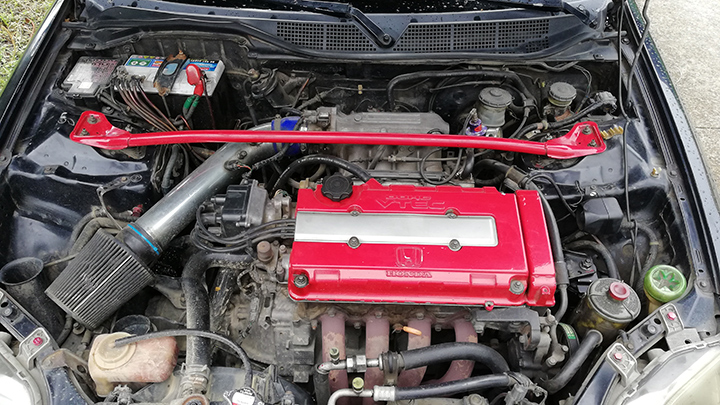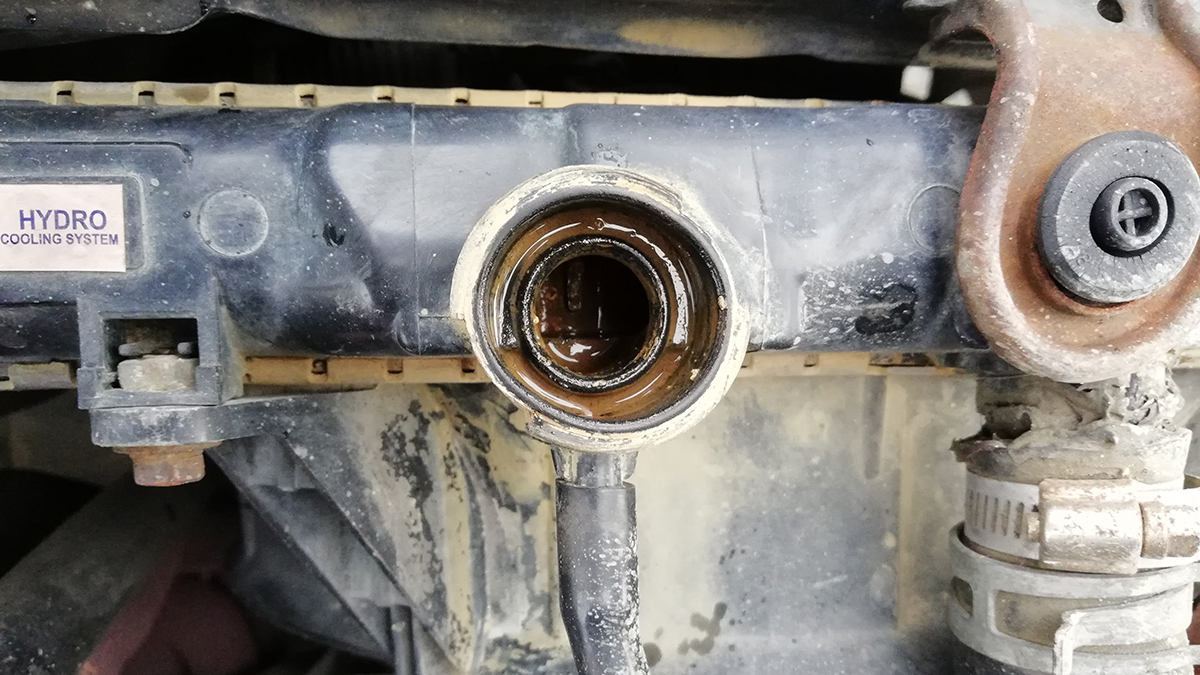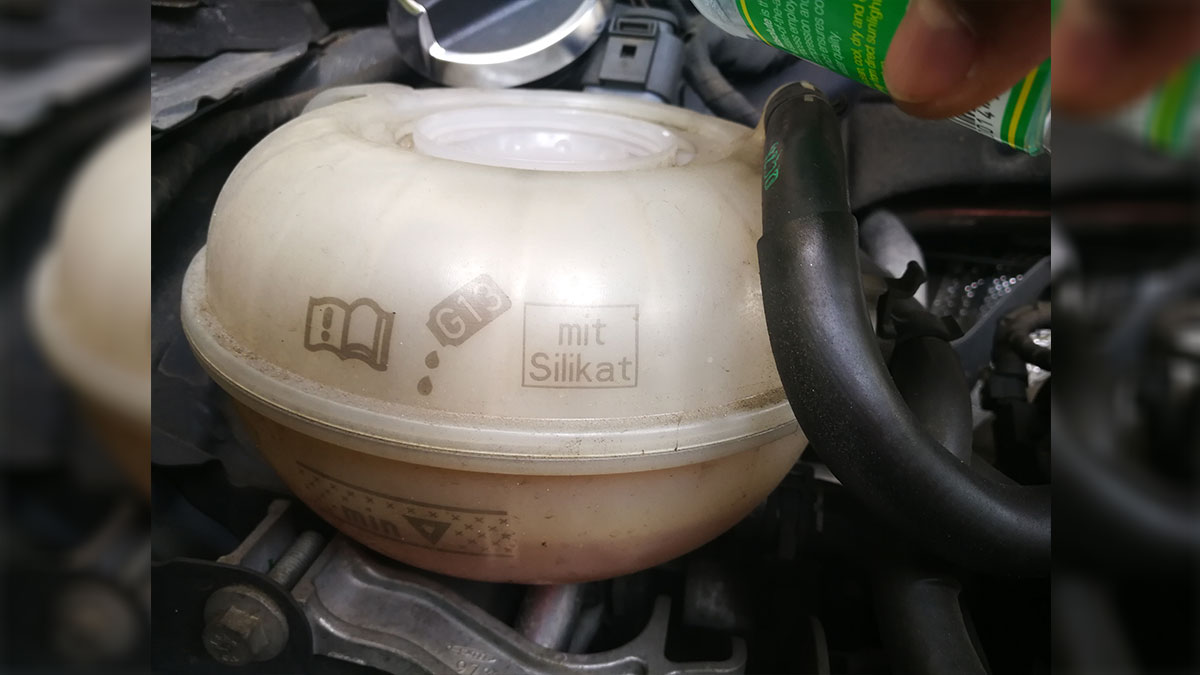An overheating car is something that can occur if you’re a bit careless with maintenance. This can be a potentially dangerous situation, so if you find this happening to your vehicle, you need to take the necessary steps to cool it down.
Before we begin, it’s important to be mindful of your car’s temperature. While you’re driving, make it a habit to check for any unusual readings on your instrument cluster’s temperature gauge. If you don’t have a temperature gauge, you should have a temperature warning light. It’ll be in the shape of a thermometer and if it lights up red, your car’s overheating.
Let’s get started.
1) If you see that the engine is beginning to overheat, pull over to the side of the road as soon as possible.
If you’re sitting in traffic, the engine temperature will keep on climbing simply because there’s no airflow going through the radiator. Make your way to the roadside and find a safe spot away from traffic.
If you’re running and there’s sufficient air flowing through your engine and radiator, you may be able to drive a few more kilometers to find an appropriate spot to pull over. You don’t want to keep the engine running for long in an overheated state, though, as this could lead to warped cylinder heads or pistons, a cracked engine block, or other forms of damage.
2) Be sure not to open the radiator cap immediately.

Follow this rule no matter what anyone says. Ordinarily, the coolant mixture inside the radiator is extremely hot and pressurized. So, if you open the radiator cap while the engine and the radiator are still hot, that pressurized coolant will shoot up like a geyser, potentially burning you.
Again, remember: Do not open the radiator cap! Turn the car off and let it cool down—this process is going to take some time.
3) While waiting for the car to cool down, check your radiator and the hoses to see if they’re all properly connected and in good condition.
Your car could be overheating because of coolant leaking out of a burst hose or a damaged radiator. Checking for coolant puddles or wet spots around the engine bay or under the car will clue you in on whether or not the car is leaking coolant.
Sometimes, a leak is just from a loose hose collar. In such a case, all you have to do is tighten it up, top up the radiator with coolant, and off you go.
4) Once your vehicle has cooled down, top up the radiator with coolant.
After doing this, start the engine and get it up to operating temperature. Again, check the hoses and the radiator for any leaks, and make sure all the fans are operational. If there are no leaks and all the fans are running, it’s possible that the car overheated due to a lack of coolant. Topping up with fresh coolant should be able to get you home—but you’re going to have to do some serious work as soon as possible to get that cooling system in tiptop shape.
Sometimes, if you’re a car has been neglected, there’ll be absolutely no coolant in it at all. I actually have such an issue right now with a friend’s 20-year-old Honda Civic SiR. I was driving home in the car, thoroughly immersed at how lively the engine was. Upon looking down at the gauges, I saw the temperature gauge was pegged at the highest mark. The car’s overheating! Luckily, I was near my house and there was no traffic, so I just took it easy on the engine until I got home.
After a few hours, the car had cooled down sufficiently and I took off the radiator cap. Not only was the radiator drained of coolant, it was also very rusty in there, too. Same thing with the coolant reservoir. This car is going to undergo a complete restoration so we may as well change the radiator, all the hoses, the thermostat, and the water pump, too.











